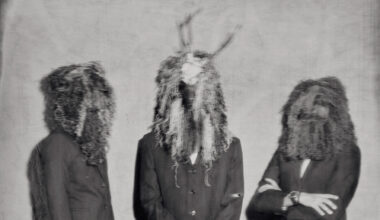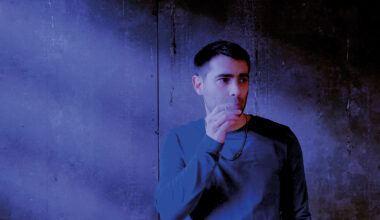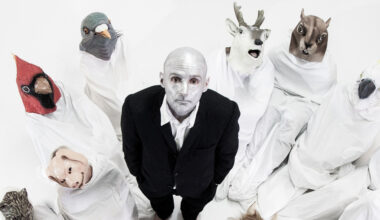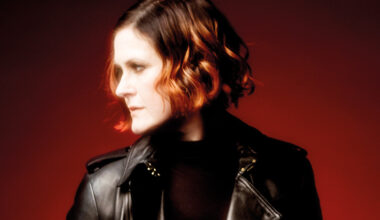Cate Brooks is The Advisory Circle, and the retro synths of latest album ‘Full Circle’ hark back to her earliest days on Ghost Box. In a rare and candid interview, she admits it’s been “a hell of a journey” to get there
Want to read more?
Sign up to Electronic Sound Premium to gain access to every post, video, special offers, and more. 100%, all you can eat, no commitment, cancel any time.
Already a premium member? Log in here






